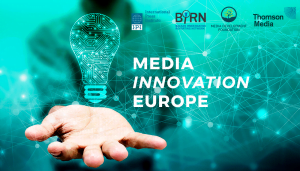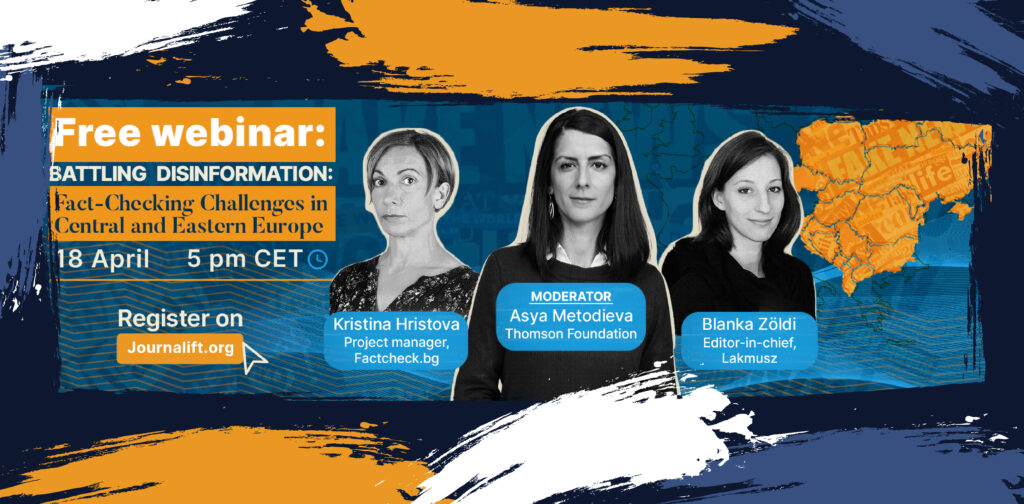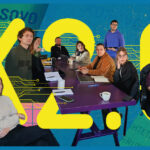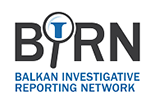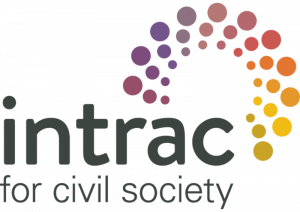Many have probably seen the video made from the front pages of every print edition of The New York Times from 1852 to the present day. The video, which is 55 seconds long, is initially dominated by text-only front pages. Later in the video, small black-and-white photos shyly begin to appear, so we can conclude that the newspaper has started publishing illustrations.
At the end of the video, in the last 15 seconds, at the time when television appears and begins to suppress the press, the front pages of the New York Times are dominated by color photos, which slowly "eat" the text and take up a larger part, becoming the dominant element of the front pages of this global brand.
It is clear that with the appearance of television, the press as it existed until then became boring and uninteresting to the audience. This is why a more attractive visual appearance had to be placed on the front pages of the newspapers if they wanted to keep the story.
Good stories sell newspapers, but when combined with good visual elements, in this case, great photos, they have the potential to be sold even more.
With the appearance of mobile phones and social media, the audience became "hungry" for effective visualization of the offered content, more and better quality videos, more and better photos, infographics, maps…
The way and speed with which the audience searches for news, consumes information, and the reduction of attention spans necessarily point to the fact that the visual "packaging" of journalistic stories is of immense importance nowadays.
What is visual storytelling?
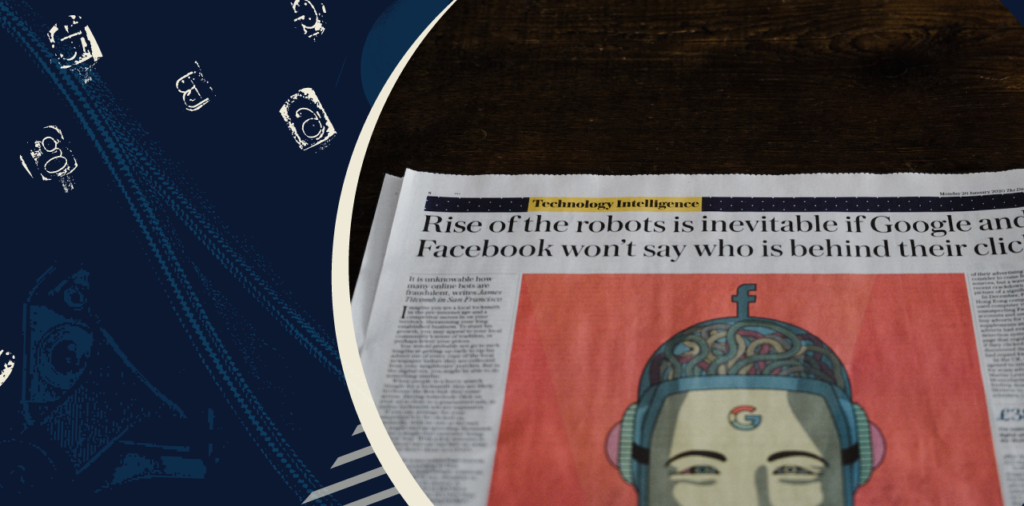
Visual storytelling or the visual telling of journalistic stories is something that today's media must put into practice if they want to keep or grow their audience.
In this context, visual storytelling is not just makeup or some fashion detail that just decorates the journalistic story.
It's a smart way to tell your story using different visual elements (video, photography, maps, graphics, etc.) so that the audience gets "hooked" and gets a lot more information and a better understanding of the story than when it is only "naked" text.
There is no such thing as a story that has already been told
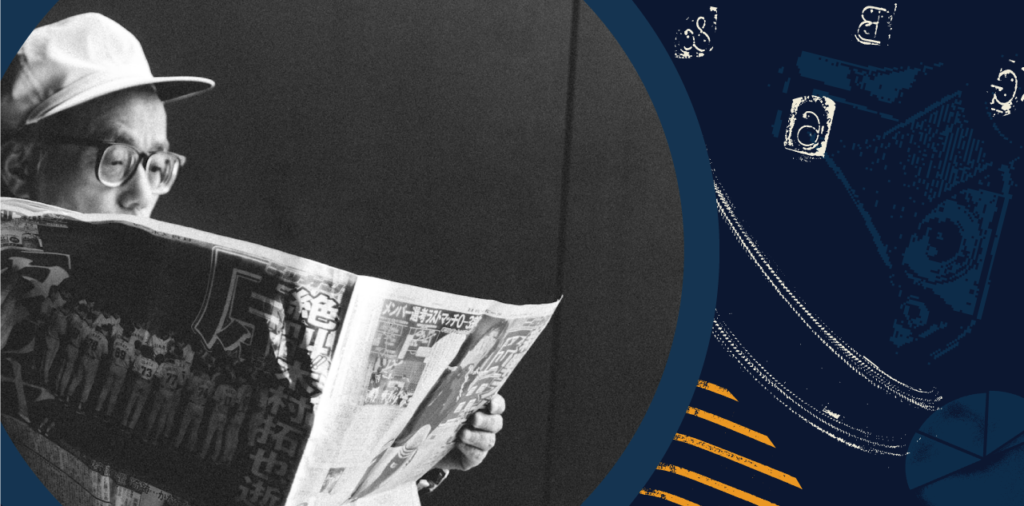
Very often in newsrooms when discussing the topics to be covered/written about, you can hear "this story has already been done" or "it's old, everyone has already written and reported on it".
Visual storytelling allows you to say that there is no such thing as a "story that's already been told" because using this approach, the same subject can be told in countless different ways.
Here is a practical example. Before the pandemic, a large number of world media wrote about how China follows/monitors citizens through the huge number of cameras installed throughout the country.
In the following part, we will see the example of how three different media from three parts of the world wrote about this story.
The first is that of The Atlantic, entitled "The Panopticon is already here". This story is told using mostly text and graphics. The opening graphic of the "all-powerful eye" that sees and follows everything around is the most striking element that completes the powerful title. However, here the text "drives the story". This is the first approach.
In the South China Morning Post text titled "Big Brother is Watching You: the world’s top 100 most surveilled cities" the text is not the strongest element in the story as it was in the first case.
Here the focus is on the interactive infographics where the reader can check for themselves which is the city with the largest number of cameras per citizen, but also how the facial recognition system works.
The text is full with infographics, and there are also two video stories that only "strenghten" the point that the journalists want to tell through the story. All the elements work separately, but together they complete the whole mosaic of the story. In this case the visual elements "drive the story".
The third is the example of the Australian Broadcasting Corporation (ABC Australia) entitled "Leave no dark corner", which deals with the same topic, but with a completely different visual storytelling. The strongest element here is the video that "drives" the story.
The story is told through short videos (loop videos) by a modern girl from China who works in marketing. She, like every average citizen of her country, is watched when she goes to work, walks down the street, shops in the market, goes to the hospital…
The load-bearing elements are the videos, and the text is only a strenghtening of what we can see from the videos.
As we have seen from the three examples, the same theme can be told in three different ways. Potentially the longest lasting would be the third story of ABC, which focuses less on numbers and more on the personal experience of the featured girl in the story.
Through this example, we confirmed that the same topic, using visual storytelling, can be told in countless different ways.
Longer life for journalistic stories
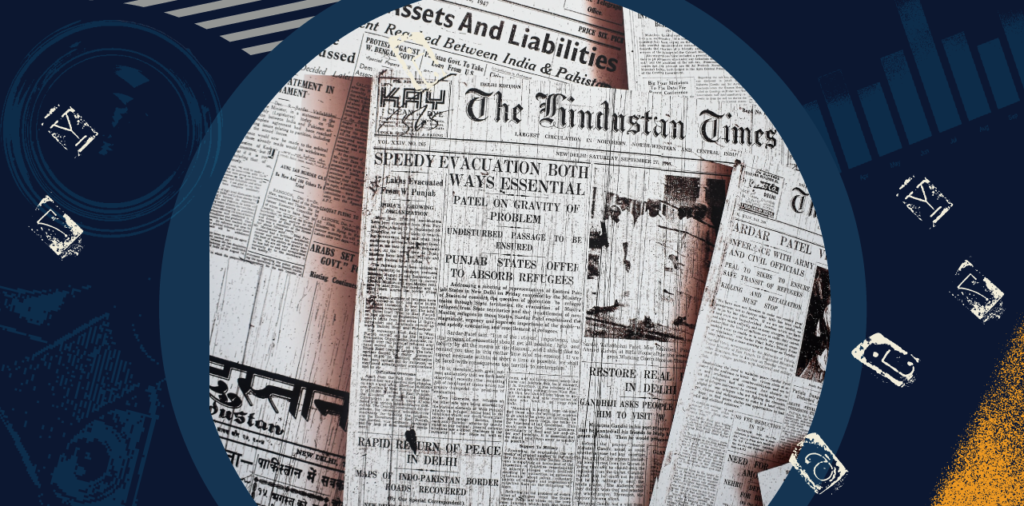
A large number of our fellow journalists, who do not do daily journalism, "waste" even several weeks to create some extensive analysis, and some even spend several months investigating crime and corruption.
However, some of them end up disappointed when the story they wrote/created is seen/read/heard by a small number of people and the same story remains forgotten after just a few days of publication.
It is true that journalistic research, if done well, will find its way to its audience. However, it is a fact that nowadays, in addition to the research process, the presentation of the story itself, i.e. its visual presentation to the audience, is equally important.
But to repeat, visual storytelling is not the makeup of a finished story but a way of thinking.
In that context, visual storytelling doesn't just mean adding the elements to an already written story, that is, decorating it with two or three photos and some video and a map and considering that you've done the job. No.
It implies a clever combination of these elements in the direction of strengthening the narrative itself in the story. In other words, before writing the story itself, and even before researching it, the journalist or the team of journalists should know or should at least plan which elements they will use, for which part of the story and in what way.
If you have such a plan, then in the process of collecting the information you will work on creating these elements. For example, if you plan to make an infographic like in the example with the cameras, then the text should only support the infographic and not repeat the same figures/data from it. The same applies to the use of videos, photos or maps.
This can be shown through the example of the Pointer newsroom (KRO-NCRV). They did a story after getting an email like we all probably got but mostly didn't report it.
In "The Story Behind an Identity Theft", the colleagues present the topic in a linear fashion, as opposed to the usual inverted pyramid method that is often used. That means you have to read the whole story because the reporters unravel the story to the audience in the way they investigated it, from getting the email, starting the investigation, to the unraveling of the case. But what is more important is the visual storytelling they used.
Here every visual element is a function of the ultimate story they want to tell. So you (the reader) can read the email they received in the newsroom, you can click on the phone icon and listen to the original phone conversation (in Dutch) that the journalists made, you can see social media profiles and many other visual elements that turn this text into an experience instead of just reading.
So, if we compare your story to a building, then don't think about visual storytelling as a color in which that building is painted, but as an integral part of it: doors, rooms, windows, terraces... If you use the visual elements in the right way, that is, each element to complete and tell a part of the story, then your story, that is, building will be built on sound and solid foundations.






